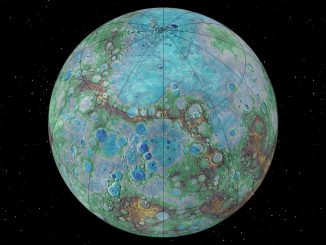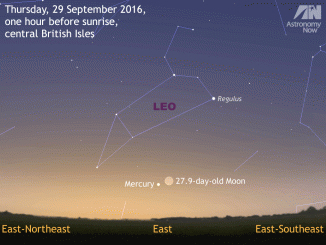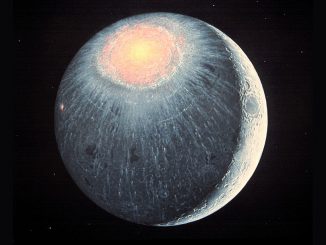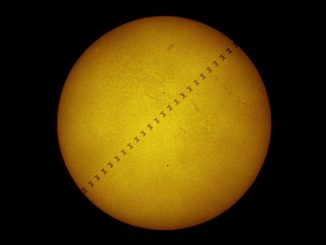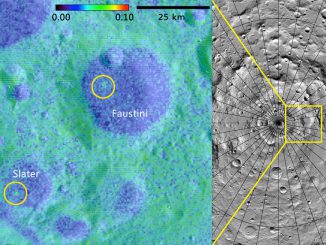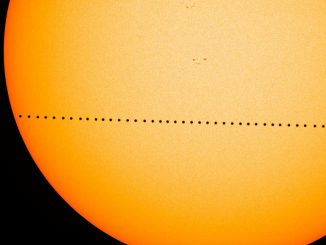
MESSENGER data reveals great valley on Mercury
Scientists have discovered a 600-mile-long valley on Mercury that may be the first evidence of buckling of the planet’s outer silicate shell in response to global contraction. The researchers discovered the valley using a new high-resolution topographic map of part of Mercury’s southern hemisphere created by stereo images from NASA’s MESSENGER spacecraft.

